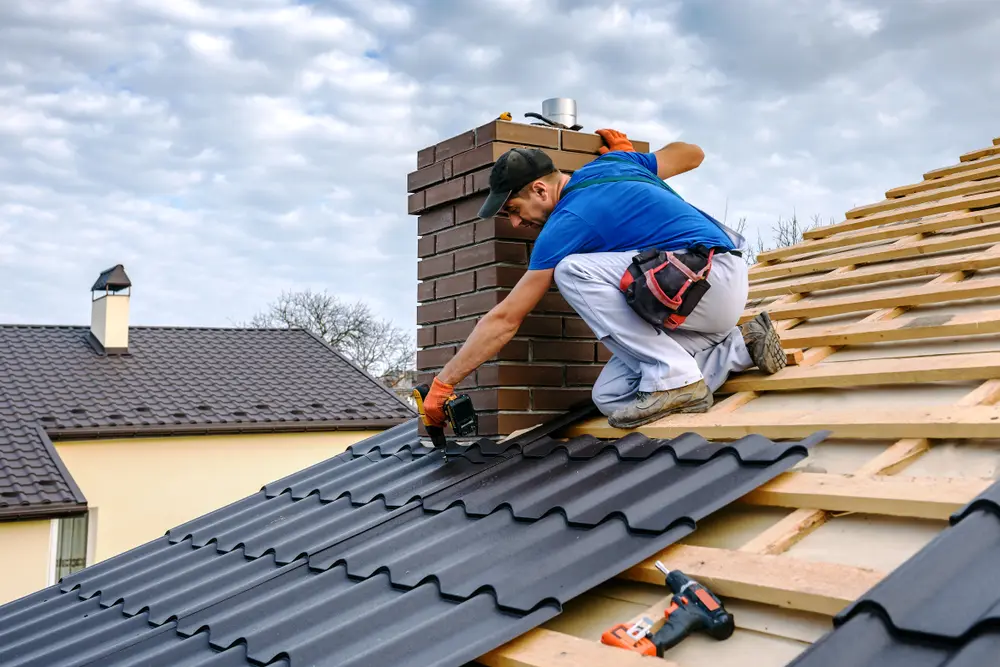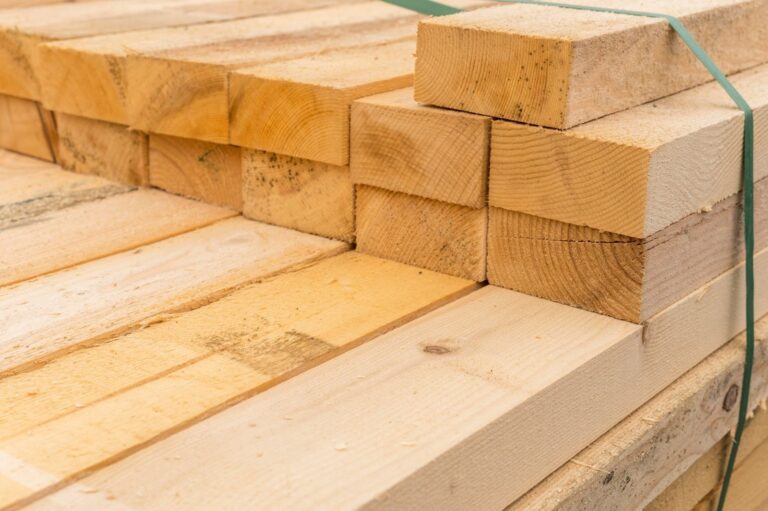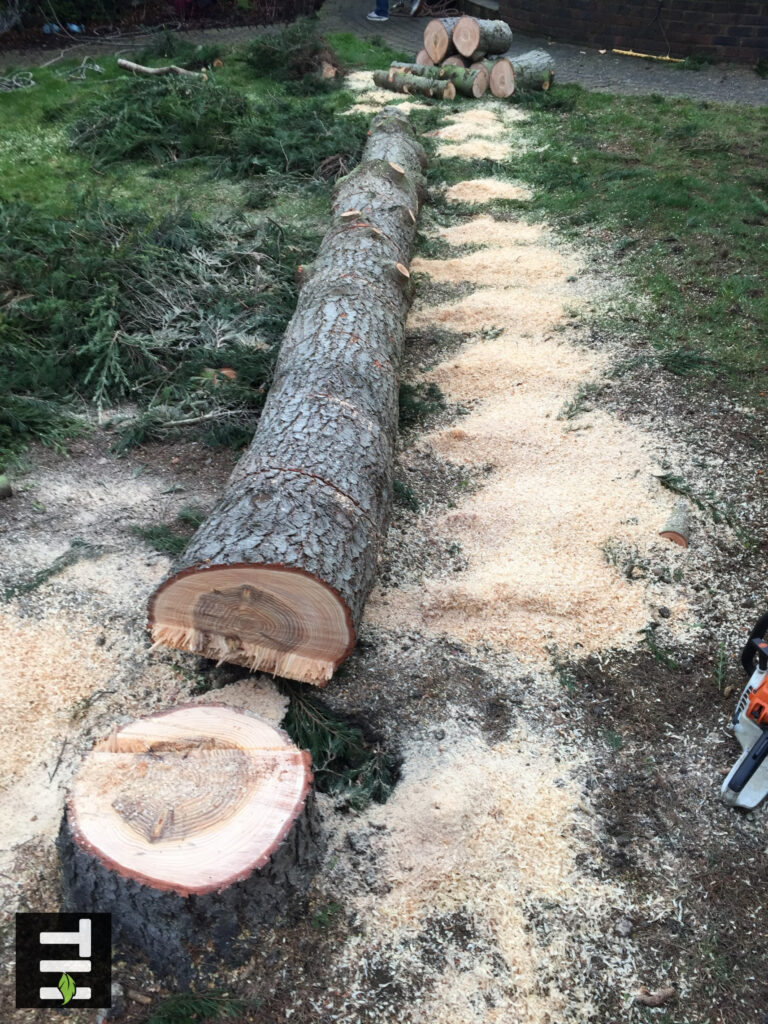A Trusted Name in Roofing: What Sets Great Contractors Apart
Your home’s roof does far more than simply top your house with aesthetic appeal. It plays a fundamental role in protecting your property, regulating temperature, and maintaining structural integrity. Given its significance, choosing a reliable roofing service provider is a decision that shouldn’t be taken lightly. A well-maintained roof guards against the harshest weather, insulates your living space, and enhances the overall value of your home. While many companies promise quality and reliability, only a few actually deliver consistent results and unmatched professionalism.
This article explores what separates great roofing companies from the rest, what homeowners should know about the roofing process, and why working with a team that combines craftsmanship with customer service is the key to long-term satisfaction.
Why Roofing Is More Than Just Installation
Most homeowners think about their roofs only when something goes wrong—like a leak during a storm or the appearance of mold spots on the ceiling. However, roofing encompasses more than emergency response. It’s a discipline that includes installation, inspection, maintenance, repair, and replacement, each requiring a unique skill set and knowledge base.
High-quality roofing isn’t just about placing shingles or hammering nails; it’s about creating a protective barrier that’s properly ventilated, water-resistant, and structurally sound. Every phase of a roof’s life, from design and installation to upkeep and eventual replacement, calls for expertise, attention to detail, and the right tools.
Traits That Define Reliable Roofing Professionals
A dependable roofing company doesn’t just meet expectations—they exceed them. Below are the defining characteristics of contractors that homeowners can trust:
1. Professional Certifications and Training
Reliable roofing professionals are often certified by manufacturers or associations that set industry standards. These certifications ensure that they have been trained in best practices for installing specific materials and systems. Certification also often means better warranties and more comprehensive support.
2. Comprehensive Services
A trustworthy contractor should offer more than just basic repair or installation. Services like detailed inspections, preventive maintenance, gutter work, and even solar panel installation show that the company understands roofing as an integrated system rather than a standalone task.
3. Transparent Communication
Homeowners deserve clear, honest communication about costs, timelines, materials, and warranties. Great companies are upfront and provide written documentation of everything—so there are no surprises midway through the project.
4. Safety Protocols
Roofing is inherently dangerous. Any reputable company takes safety seriously—not just for its workers, but also to protect the property and its occupants. Proper insurance, safety training, and protective gear are non-negotiable.
5. Proven Track Record
A company that’s earned positive customer reviews, testimonials, and repeat clients over the years demonstrates consistency and quality. Case studies, photo galleries, and referrals are useful for gauging the contractor’s experience and reliability.
Understanding the Full Roofing Lifecycle
Roofing isn’t a one-time event—it’s a lifecycle that involves planning, installing, maintaining, repairing, and ultimately replacing a roof when it reaches the end of its usefulness. Below is a breakdown of this lifecycle to help you understand how comprehensive roofing services work.
Phase 1: Assessment and Planning
Before any work begins, professionals evaluate the roof’s condition, inspect attic ventilation, and assess the overall integrity of the structure. Homeowners receive detailed reports outlining potential problem areas, estimated costs, and project timelines.
Phase 2: Installation or Replacement
This is the most visible phase and typically involves removing the old roofing system, installing underlayment, laying shingles or tiles, and sealing everything for weather protection. At this stage, craftsmanship and quality materials are critical to the roof’s long-term performance.
Phase 3: Inspection and Cleanup
After installation, the team should thoroughly inspect their work to ensure everything is up to standard. Cleanup includes removing debris, sweeping for nails, and ensuring the property looks as good—or better—than it did before the work started.
Phase 4: Maintenance and Monitoring
Annual inspections, routine maintenance, and quick repairs help extend the life of your roof. Maintenance services might include gutter cleaning, resealing flashing, replacing worn shingles, and checking for moisture buildup.
Materials Matter: A Look at Roofing Options
Roofing materials vary significantly in terms of cost, durability, and appearance. Homeowners should understand their choices before making a commitment.
- Asphalt Shingles: The most commonly used roofing material due to their affordability and versatility.
- Metal Roofing: Offers superior durability and is ideal for areas that experience extreme weather. Metal roofs are energy-efficient and can last over 50 years.
- Clay and Concrete Tiles: Known for their longevity and ability to withstand high temperatures. They’re heavier and may require structural reinforcement.
- Wood Shingles and Shakes: Provide a rustic, natural appearance but require more maintenance and have a shorter lifespan.
- Slate Roofing: One of the most durable and elegant options available. It comes with a high price tag but can last over 100 years.
Choosing the right material depends on your climate, budget, home style, and energy efficiency goals.
The Role of Technology in Modern Roofing
The roofing industry has evolved significantly with the integration of modern technologies. Drones, software, and imaging tools have added precision, safety, and efficiency to roofing projects.
Drones and Aerial Mapping
Contractors now use drones to conduct safer, more accurate inspections. Aerial imagery provides detailed insights into roof conditions without putting anyone at risk.
Visualization Tools
Advanced apps and digital renderings allow homeowners to see how different materials and colors will look on their home before installation begins. This helps reduce indecision and improves satisfaction.
Project Management Software
Modern companies use cloud-based platforms to streamline project updates, payments, and communication with clients. This improves transparency and speeds up service delivery.
Sustainability and Energy Efficiency in Roofing
Today’s homeowners are increasingly focused on sustainability. Roofing plays a huge role in a home’s overall environmental footprint and energy usage.
- Cool Roofs: Designed to reflect more sunlight and absorb less heat. These roofs can lower energy bills and make homes more comfortable.
- Recycled Materials: Many roofing products now use post-consumer recycled content, helping reduce environmental waste.
- Solar Integration: Some systems include built-in solar panels or work seamlessly with solar arrays, turning your roof into a source of renewable energy.
If you’re interested in eco-friendly solutions, companies like Mighty Dog Roofing often provide consultations on sustainable materials and installation practices.
The Cost Factor: Budgeting for Roofing Projects
Roofing costs vary based on square footage, materials, labor, and regional price differences. It’s important to obtain multiple quotes, but don’t simply choose the lowest price. A cheaper quote may reflect lower-quality materials or limited experience.
An accurate estimate should include:
- Material costs
- Labor charges
- Waste disposal
- Warranty terms
- Timelines and contingencies
Some companies offer financing options or phased projects to help make roofing more accessible to homeowners.
Maintenance Tips for Homeowners
Even a well-installed roof needs occasional upkeep. Here are some homeowner tips for extending the life of your roof:
- Schedule inspections twice a year
- Keep gutters and downspouts clear
- Trim tree branches away from your roofline
- Remove debris after storms
- Check attic insulation and ventilation
Staying proactive with maintenance can delay the need for major repairs or replacement.
Final Thoughts
Your roof is a long-term investment that affects your home’s safety, comfort, and appearance. That’s why working with an experienced, customer-focused company is so critical. The ideal roofing contractor doesn’t just install or fix roofs—they offer comprehensive care, modern tools, and expert guidance every step of the way.
Mighty Dog Roofing have earned a reputation for combining traditional craftsmanship with modern technology, delivering dependable results that last for years. Their focus on customer satisfaction, safety, and quality work makes them a standout in the competitive roofing market.
When planning your next roofing project, whether it’s inspection, installation, or repair, be sure to work with trusted professionals like Mighty Dog Roofing who value transparency, performance, and long-term customer care.








